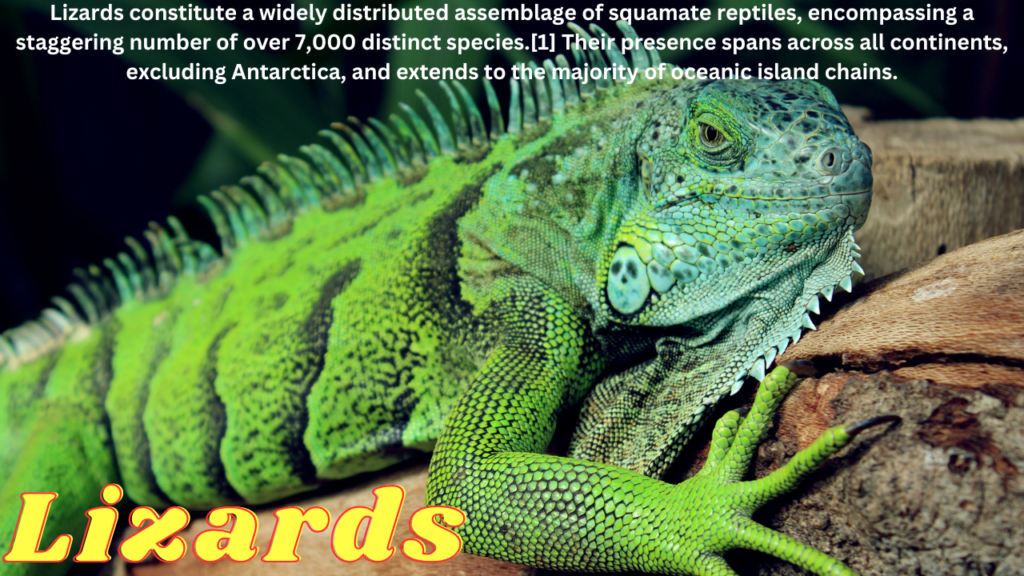A Kaleidoscope of Color: Exploring the World of Colorful Lizards
Introduction
The reptilian world is home to a mesmerizing array of colorful creatures, and lizards are no exception. These cold-blooded creatures have evolved to display a stunning variety of colors and patterns, often serving both functional and aesthetic purposes. In this article, we will embark on a journey through the vibrant and diverse world of colorful lizards, from the tiny geckos to the mighty Komodo dragon.
Gecko (Family: Gekkonidae)Geckos are a large and diverse group of lizards, with over 1,500 species found all over the world. Geckos come in a variety of colors, including bright green, blue, orange, and red. Some geckos even have patterns on their skin.

Chameleon (Family: Chamaeleonidae)Chameleons are known for their ability to change their color to match their surroundings. However, chameleons are also very colorful lizards, even when they are not changing color. Some chameleons have bright green, blue, or yellow skin. Others have patterns on their skin that include stripes, spots, and dots.

Bearded Dragon (Genus: Pogona) Bearded dragons are a popular pet lizard, and they come in a variety of colors, including brown, yellow, orange, and red. Some bearded dragons even have patterns on their skin.

Frilled Dragon (Genus: Chlamydosaurus)Frilled dragons are known for their frill, which is a large flap of skin around their neck. Frilled dragons can use their frill to intimidate predators or to attract mates. Frilled dragons come in a variety of colors, including brown, yellow, and black. The Frilled Dragon, native to Australia and New Guinea, features a frill of skin around its neck. They are typically brown or green but can display vibrant hues during mating displays.

Iguana (Family: Iguanidae) Green iguanas are iconic for their bright green coloration, but they can also come in shades of blue, red, or orange. The green iguana, in particular, showcases a beautiful emerald green hue. Iguanas are large lizards that are native to Central and South America. Iguanas come in a variety of colors, including green, brown, and black. Some iguanas even have patterns on their skin.

Blue Tongue Skink (Genus: Tiliqua) As the name suggests, these skinks are recognized for their bright blue tongues and often sport various shades of brown, black, or orange on their bodies.

Gila Monster (Genus: Heloderma) The Gila monster, native to the southwestern United States and northwestern Mexico, exhibits bold black and orange bands, serving as a warning to predators due to its venomous bite.

Monitor Lizard (Family: Varanidae) The monitor lizard family includes large, colorful species like the Nile monitor, with striking patterns of green and yellow, and the ornate monitor, displaying intricate black and gold markings.

Anole (Family: Dactyloidae) Anoles, often found in the Americas, can vary in color from bright green to brown or even blue. They can also change color for various reasons, including stress and communication.
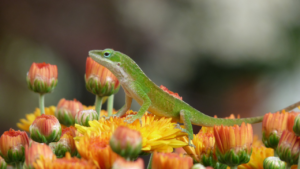
Crested Gecko (Genus: Correlophus) Known for their distinctive eyelash-like crests, these geckos come in a wide range of colors, from electric orange and red to striking yellow and green.
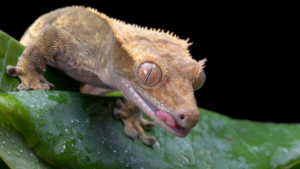
Leopard Gecko (Genus: Eublepharis) Leopard geckos are popular for their vibrant, irregular spots, which can range from deep red to orange, making them a favorite among reptile enthusiasts.
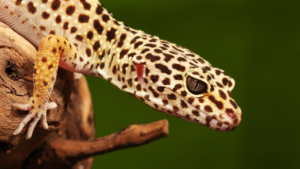
Green Iguana (Iguana iguana) Besides its iconic green hue, the green iguana can also exhibit hues of blue, orange, and red, especially during the breeding season.
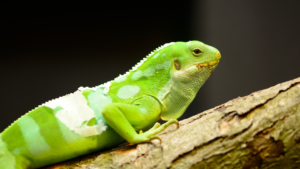
Komodo Dragon (Varanus komodoensis) The largest lizard in the world, the Komodo dragon, comes in shades of gray and brown, perfectly adapted to its arid environment on the Indonesian islands.
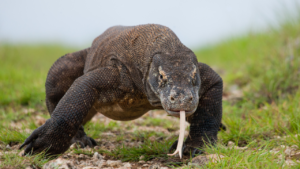
Chinese Water Dragon (Physignathus cocincinus) These semi-aquatic lizards showcase vibrant shades of green and turquoise, with some individuals displaying hints of orange or yellow.
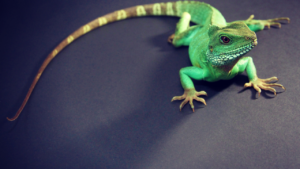
Uromastyx (Genus: Uromastyx) Known as “spiny-tailed lizards,” Uromastyx species come in an array of colors, from earthy tones to vivid reds and oranges, depending on the species.
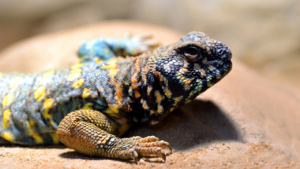
Tokay Gecko (Gecko gecko) Tokay geckos are often bright blue or green with striking orange or red spots, making them a visually captivating species.
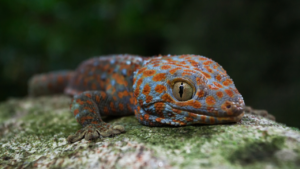
Red Ackie (Varanus acanthurus) These monitor lizards are known for their vibrant red coloration and distinctive markings.

Savannah Monitor (Varanus exanthematicus) Savannah monitors are typically brown or gray but may exhibit colorful variations in captive environments.
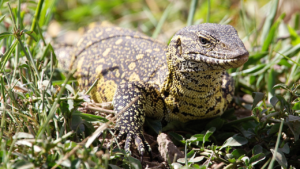
Cuban Knight Anole (Anolis equestris) Native to Cuba, these anoles are often bright green with striking red or orange dewlaps.
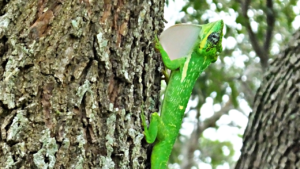
Conclusion
The world of colorful lizards is as diverse as it is fascinating. From the brilliant hues of chameleons to the striking patterns of geckos, these reptiles showcase the beauty of nature’s diversity. Each species has evolved its unique coloration for a combination of reasons, including camouflage, thermoregulation, communication, and adaptation to their respective environments. Whether you are an avid reptile enthusiast or simply intrigued by the wonders of the natural world, the colorful lizards of the world never cease to amaze you with their vibrant appearances.

